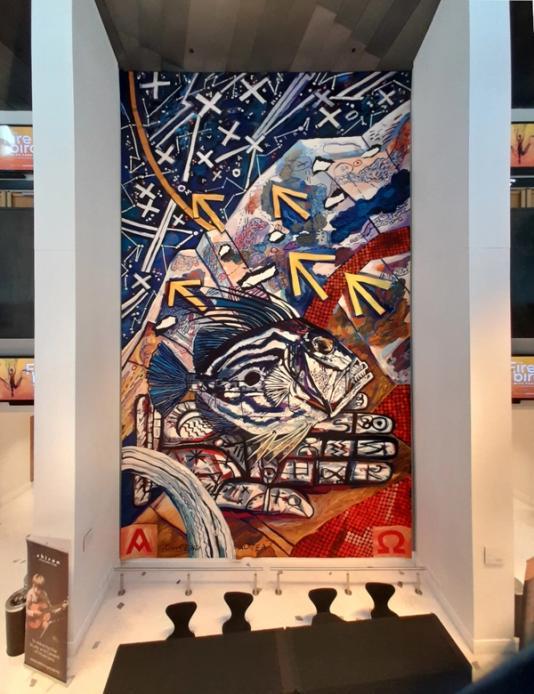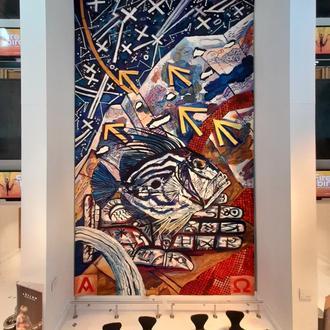Robert Ellis
b. 1928d. 2021
1 Artwork
Robert Ellis was born in Northampton (England) and educated at the Northampton and Hammersmith Schools of Art. He was subsequently awarded a scholarship to the Royal College of Art (London). Before taking up the scholarship, he completed two years’ national service with the RAF Bomber Command, as a photographer.
In 1957 Ellis moved to New Zealand and took up a position at the University of Auckland, Elam School of Fine Arts, where he became an Associate Professor.
Ellis served as a council member of the Auckland Society of Arts, and was the founding president of the New Zealand Society of Industrial Designers. He was also, at various times, council member, secretary, and president of the New Zealand Society of Sculptors, Painters and Associates. In 2001 his work in the arts was recognised by appointment as an Officer of the New Zealand Order of Merit.
Ellis held more than 60 solo exhibitions in New Zealand and around the world, showing work in a diverse range of media including paintings, works on paper, stained glass, tapestry, and medallions. His predominant subject was landscape painting, addressing themes of urbanisation, subdivision and colonisation.
"After an initial period of fascination with depicting the spaghetti loops of Auckland’s motorway system once he got his first car, Ellis’s own art practice shifted to a deep investigation of Māori tikanga and design principles. Learning from legendary master carver Pine Taiapa (1901-1972) and the parents of his wife, the artist Elizabeth Ellis née Mountain (Ngāpuhi, Ngāti Porou, born 1945) whom he married in 1966, he began to slowly introduce into his work symbolism related to both Māoritanga and his Anglican faith. Traffic systems were superseded by depictions of beautiful Te Rawhiti Marae and Rakaumangamanga (Cape Brett Peninsula northeast of Russell) from 1974 onwards.
Huge commissions for the arrival’s hall at Auckland Airport and a tapestry for the Aotea Centre are two of the highlights of his career. Lithographs such as Aroha in the University’s Art Collection, with its cruciform format, fish and chalice balanced on an outstretched hand, exemplify his skill at creating iconic images by blending spirituality, pattern and colour anchored in a bicultural framework."
~ quote from Linda Tyler.
See also:

Robert Ellis, ‘The Aotea Tapestry’ (1989), Aotea Centre, CBD, Tāmaki Makaurau Auckland
Image: Bronwyn Holloway-Smith, Public Art Heritage Aotearoa New Zealand, 2021
- Associated Artworks

